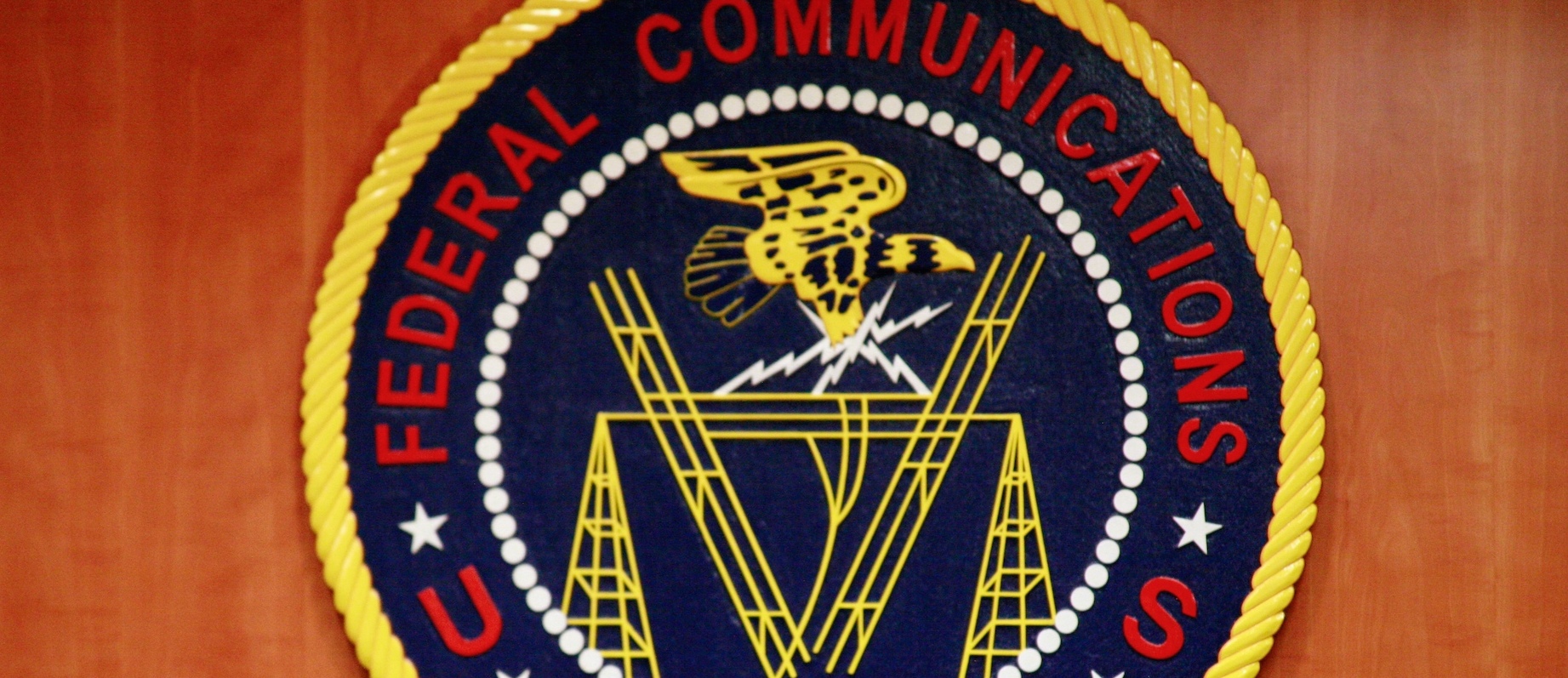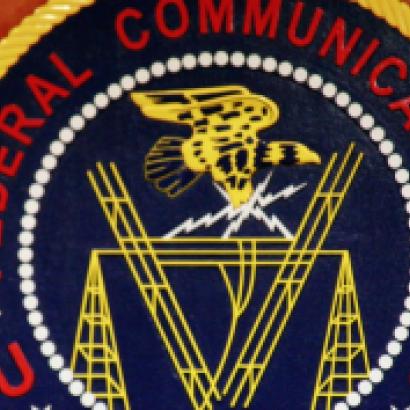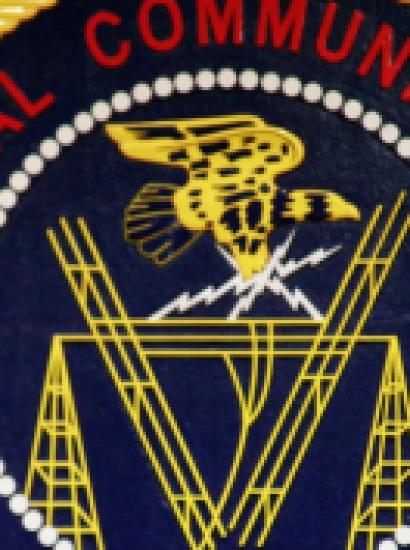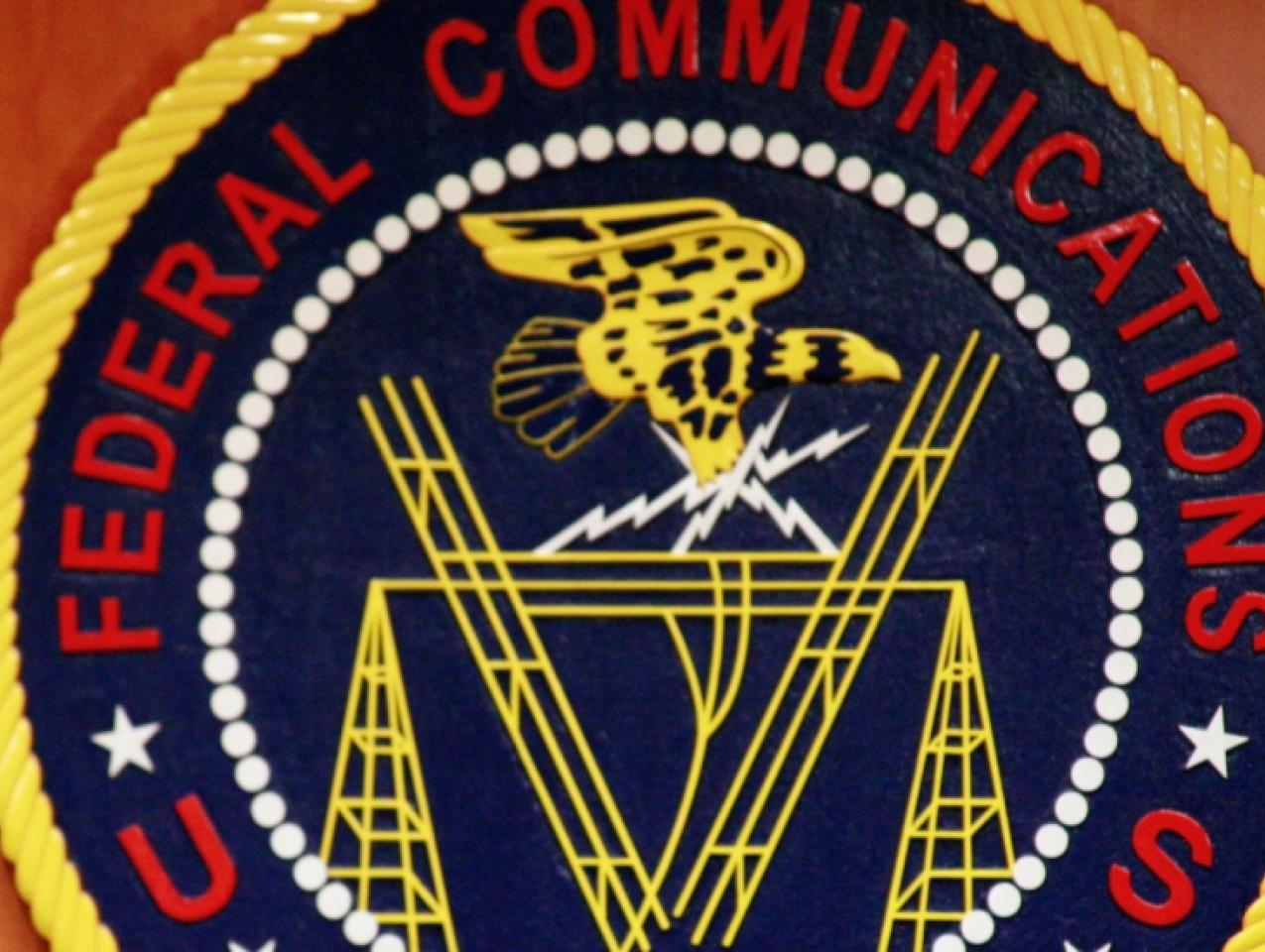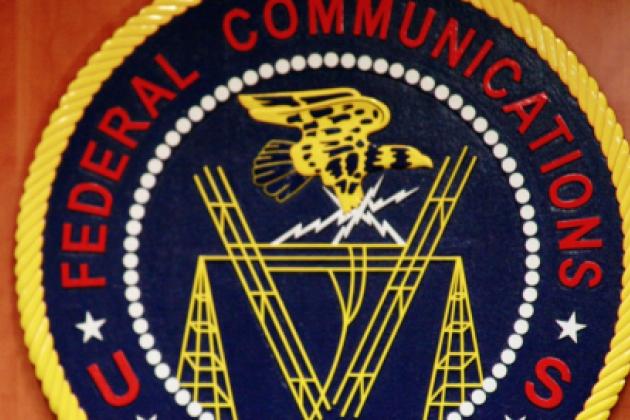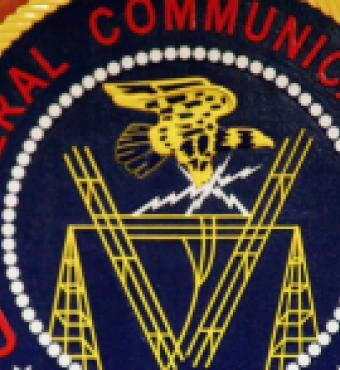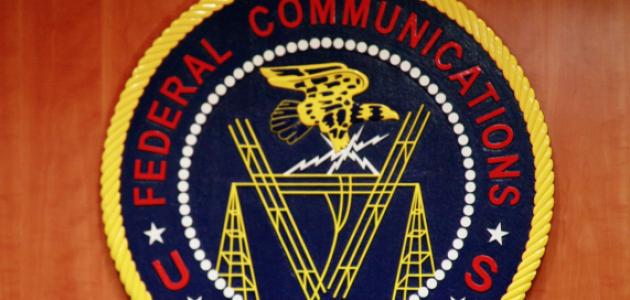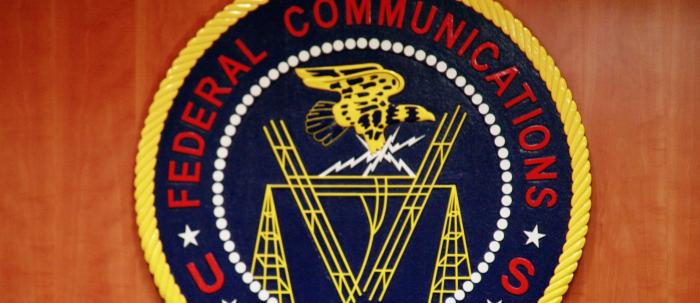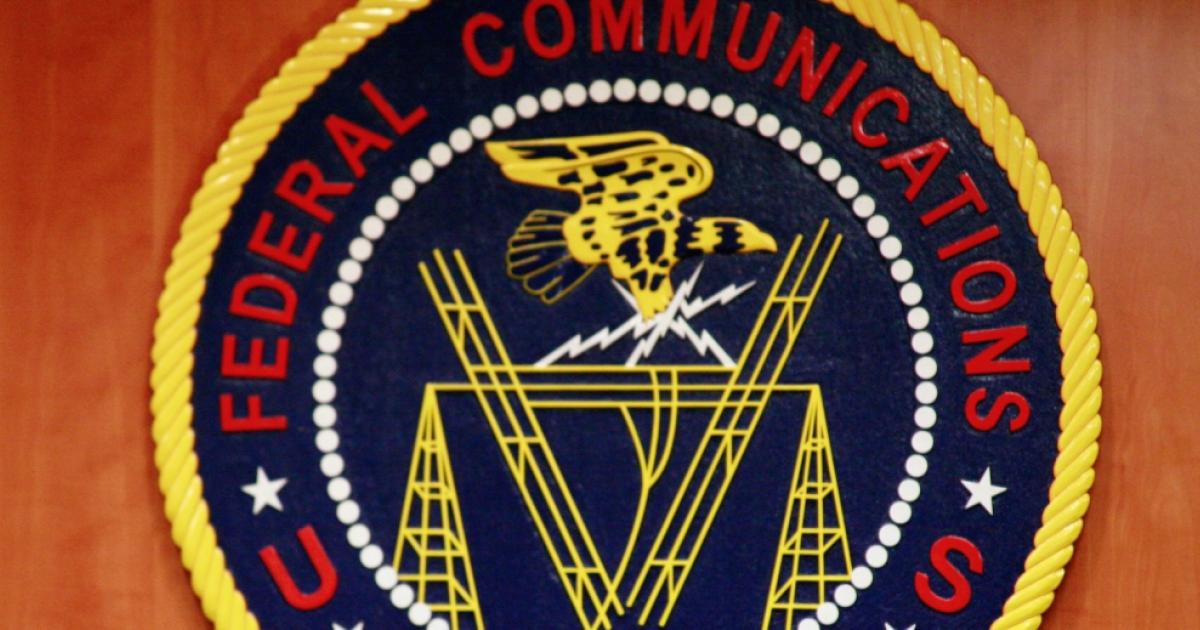- Law & Policy
Last week, Harbinger Capital filed a major lawsuit against the United States government for breach of contract arising out of its March 26, 2010 acquisition of a valuable portion of the spectrum known as the L-Band. The deal originally represented a major breakthrough in telecommunications policy, but now it sadly represents how government misconduct leads to major losses for society.
The context of the case is as follows: Harbinger had entered into extensive negotiations with the Federal Communications Commission (FCC). At the core of the deal was an agreement that would allow Harbinger to gain access to a large band of spectrum by acquiring ownership of a company called LightSquared. In exchange, the FCC would issue a license that would allow LightSquared to construct and deploy a third of the nationwide broadband network by the end of 2015. On completion, this state-of-the-art communication system was set to reach some 260 million people throughout the United States, including many people living in rural and underserved areas. The network would be deployed in competition with AT&T and Verizon, to whom LightSquared could not sublicense spectrum without prior FCC approval.
Armed with its FCC license, Harbinger then acquired LightSquared through extensive debt and equity financing. It entered into multiple contracts with major providers such as Sprint, Nokia, and Siemens, to bring its plan to fruition. It launched a $1 billion state-of-the art communications satellite, and lined up multiple sites for its terrestrial stations in order to honor its build-out commitments to the FCC. Consequently, its bills ran up to about $1.9 billion. As of September 2010, the estimated value of the LightSquared spectrum license was around $9 billion.
But, it was not to be. In February 2012, the FCC cancelled the LightSquared License at the behest of the global positioning (GPS) industry, whose three major firms are Deere & Company, Garmin International, Inc., and Trimble Navigation Limited. The GPS firms claimed that the proposed deployment of the LightSquared network would “interfere” with their ability to operate its extensive positioning systems used to guide everything from simple handheld navigation devices to airplanes and military weapons. All work on the LightSquared network ceased, as its trading partners terminated their deals. By May 2012, LightSquared was mired in bankruptcy disputes, its initial investment of $1.9 billion largely lost. In early 2013, I was retained as an outside consultant to Harbinger, and have been extensively involved in its multiple-front litigation that includes not only last week’s lawsuit, but a prior lawsuit, long stalled by the bankruptcy proceeding, that Harbinger brought against GPS in August 2013 for its role in a debacle that should have never happened.
The Breakdown in the FCC Policy
This basic narrative illustrates the serious mistakes in FCC spectrum policy. The story begins innocently over 100 years ago when Congress declared that the United States was owner of the spectrum, which it would then license to various parties for particular use. Those spectrum licenses only have value if signals from these bands do not interfere with each other. Accordingly, the FCC allows only one party to use any portion of the spectrum. Although absolute separation of frequencies is not possible, FCC rules prohibit excessive spillovers from one band into its neighbors.
In the run-up to the 2010 deal with the FCC, Harbinger conducted extensive negotiations with the GPS carriers over the interference issue that eventually brought down this venture. The GPS companies were worried that out-of-band-emissions (OOBE) from LightSquared’s network might gum GPS operations on its own spectrum band, located between the two LightSquared bands. On multiple occasions, Harbinger made technical fixes in its proposed plan to meet GPS concerns.
But as the OOBE problem was being solved, GPS never once raised the distinct question of out-of-band-reception (OOBR), which arose because GPS receivers “listened in”—that is gathered—sensitive signals over LightSquared’s band. When Harbinger entered into its March 2010 deal with the FCC, it had no knowledge that the basic business plan of GPS required listening over LightSquared’s spectrum. The gist of the complaint against GPS firms was that by virtue of their special knowledge, they had to disclose to Harbinger, with whom they had developed a close working relationship, the looming conflict. Those disclosures would have allowed Harbinger to steer clear of the deal if they could not cleanly resolve the OOBR with GPS. With stakes this high, GPS silence should not have been an option.
The problem of OOBR is, moreover, well known to the FCC, whose own rules allow anyone to listen in on the bands assigned to others, but only at their own risk. But that ability to listen over a spectrum assigned to another licensee never gives the interloper the right to block a licensee’s use of its own spectrum. Think of this land analogy. Anyone can look over my land until I build my house but they cannot stop the construction by claiming a legal entitlement to permanently enjoy that view. To do that, an onlooker has to purchase a covenant from the landowner that restricts construction, and for that right compensation has to be paid.
It is at this juncture that the differences between licenses and ownership start to matter. In 1959, Ronald Coase argued that the FCC should sell off the frequencies (subject to boundary conditions dealing with OOBE) to private parties in order to create strong property rights. If Congress had followed that suggestion, this lawsuit would have never have been needed. Harbinger and LightSquared would have a vested entitlement to build out their network, which the GPS firms could not block in court. At this point, they would have to persuade the government to condemn some interest from Light Squared to continue their spectrum use. The prospect of a substantial bill would have prodded Congress to demand that the GPS firms take every effort to reduce OOBR by redesigning their receivers to reduce any demands on LightSquared’s spectrum. In the end, the GPS firms would act to minimize the sum of two costs: their need to acquire limited use rights by contract over the LightSquared Spectrum, and the cost of receiver adaptation.
The interposition of FCC oversight changed these bargaining dynamics completely. Now GPS dealt with Harbinger and LightSquared from a position of strength, simply by holding firm and insisting that LightSquared intended to wreck its network. This upside-down “interference” claim was not lost on the technical people inside of the FCC. In 2011, one key official, Mindel De La Torre, protested that “the GPS community is yelling bloody murder” because they want “to drive their double-wide trailer” on LightSquared’s side of the road.
Indeed, initially the GPS strategy worked. Harbinger offered all sorts of concessions to keep LightSquared’s project afloat. For example, LightSquared would not use some portion of its spectrum near the GPS band; it would redesign its system; it would lower overall signal intensity. But the GPS community that had been so cooperative when it came to negotiating a reduction in LightSquared’s OOBE did not budge one inch in reducing its OOBR over LightSquared’s band. Because it thought it could use LightSquared’s spectrum free of charge, it treated every small technical issue as though it were a deal breaker.
Ultimately, the game worked—at least thus far. The FCC was not unaware that the Department of Defense, which is a major customer of GPS, has inordinate influence in Washington. Then FCC Chairman Julius Genachowski thus ratified the GPS’s upside down view of spectrum by concluding that “LightSquared will not be permitted to commence commercial operation in the L-Band if it would result in harmful interference to GPS systems such as those operated by our federal partners.” His fuzzy reference to “interference” never alluded to the critical distinction between OOBE and OOBR, between emitting and receiving, on which Harbinger had relied in concluding its March 2010 deal.
Not surprisingly, the FCC ducked by ordering extensive technical discussions to resolve the interference. Harbinger’s technical experts, a firm called JAVAD, concluded that these disputes could be resolved easily, at least “once you decide to solve it.” But its technical solutions were disregarded in favor of yet another round of tests, which Harbinger alleges were manipulated by the GPS firms to magnify the supposed incompatibilities between the two systems.
Back to the Rule of Law
The suit against the FCC is an effort to prevent these warped incentives from leading to the wholesale destruction of valuable property. The FCC had already limited itself by contract to a deal for developing LightSquared spectrum. If the FCC were a private licensor of, say, land, it could never revoke any license that it issued in exchange for a set of promises that its developer had carried out at great cost. It is therefore telling that the key precedent in this case, United States v. Winstar, provides, in no uncertain terms, that cases should be resolved “by applying ordinary principles of contract construction and breach that would be applicable to any contract action between private parties.”
That position should doom the government’s effort to escape liability for damages in this case. It should, if successful, also ensure that the United States remains a credible business partner in future negotiations. The perceived weaknesses of FCC licenses have given both the GPS and the FCC undue running opportunity for the political maneuvering that always leads to major social losses. The Harbinger lawsuits against the GPS and the FCC should send a clear message that these ploys will no longer be tolerated.







